Emergency is a medical emergency, the application of full and modern technology will help the process of handling and treating patients more quickly and effectively.
Common critical conditions requiring emergency care include stroke; heart failure, cardiac arrest, myocardial infarction; acute kidney failure or need for dialysis or acute dialysis; poisoning, intoxication, fainting; convulsions, epilepsy, heat stroke; trauma, falls, difficulty breathing, severe dizziness, etc.
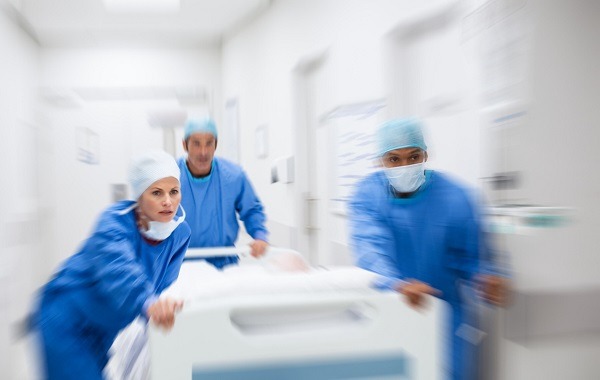 |
| Emergency is a medical emergency, the application of full and modern technology will help the process of handling and treating patients more quickly and effectively. |
Among them, stroke emergency is a matter of concern for many people. When someone is in critical condition and needs emergency care, those around need to quickly choose the nearest emergency unit, but it needs to have adequate expertise, human resources and modern technology, providing specialized emergency care so that the patient can be treated promptly and effectively.
For example, the medical facility must have the necessary emergency medications, cardiopulmonary resuscitation equipment, various trauma treatment equipment as well as pediatric emergency equipment, breathing tube placement equipment, etc.
In response to the question, which emergency medical facility should a person in critical condition be taken to to optimize the effectiveness of emergency care, Dr. Hong Van In, Head of the Emergency Unit, Tam Anh District 7, Tam Anh General Hospital, Ho Chi Minh City, said that in addition to racing against time, the application of modern technology and techniques increases the chance of saving lives and helping patients recover quickly.
Therefore, if any facility ensures the process is carried out quickly, accurately, and minimizes the emergency time, it is a key factor in the stroke emergency process. Because stroke is a disease that requires quick intervention, requiring a medical team, machines, and strict procedures to handle effectively in the shortest time.
To effectively treat a stroke, experts say it is necessary to quickly determine what type of stroke the patient is having, whether it is an ischemic stroke or a hemorrhagic stroke. Each type of stroke will have a different treatment. The doctor will perform a brain scan to determine the type of stroke.
It is important that the patient be taken to the nearest medical facility as quickly as possible so that the medical team can handle it promptly. Treatment methods such as thrombolytic drugs, endovascular intervention to remove blood clots, occlusion of ruptured blood vessels with a DSA machine, robotic brain surgery to remove blood clots, etc. all depend on the type of stroke and the patient's specific condition.
Vietnam has one of the highest rates of stroke, with approximately 200,000 people suffering from stroke each year. It is the second leading cause of death in Vietnam. Among stroke survivors, the rate of disability due to stroke is high.
At the Stroke Center, Bach Mai Hospital, there are an average of 50 hospitalizations per day, with peak days when the unit receives nearly 60 patients.
However, more than half of stroke patients are hospitalized in very serious condition, past the golden hour of intervention, because people do not have the habit of going to the emergency room when there are initial signs.
Associate Professor, Dr. Mai Duy Ton, Director of the Stroke Center, Bach Mai Hospital said that if you have the following 3 signs at the same time, do not delay hospitalization because the risk of stroke is very high.
Because when a stroke first appears mild, the patient subjectively waits to see if it will recover; thinking it is a cold, or using medicine based on word of mouth, until it gets worse and is taken to the hospital, the optimal stage for treatment has passed.
Below are 3 warning signs of stroke: First is facial paralysis: Asymmetrical face, crooked mouth, philtrum slightly deviated to one side, nasolabial fold on the weak side droops, especially when the patient talks or laughs.
The second sign is weakness in the limbs: Ask the patient to raise both arms up high, if one side is weaker or falls down first, it indicates an abnormality. The patient cannot lift the arm or leg or has difficulty lifting it, one arm or leg (or both) suddenly becomes weak or numb.
The third sign is difficulty speaking: Ask the patient to say and repeat a simple phrase. If the patient cannot speak fluently, that is a sign of abnormality.
If these three signs appear at the same time, it shows that the patient is at very high risk of stroke. Take the patient to a medical facility that can treat stroke as quickly as possible.
Associate Professor Mai Duy Ton said that today there are many methods of treating stroke. The ability to recover for stroke patients depends largely on early treatment.
The golden time to dissolve the blood clot is within 4 to 6 hours. If it is slower, the lack of blood circulation can lead to necrosis in that area of the brain.
There are new methods that allow for extended treatment of stroke patients within the first 24 hours, however, the longer the treatment is given, the higher the chance of recovery.
Stroke can happen suddenly to anyone, if not treated promptly in the "golden time", the consequences of stroke are very serious, the mortality rate is 10 - 20%. Nearly 30% of survivors suffer from disability and only about 30% of stroke victims can live a normal life.
In addition to improper first aid, a very important issue to note is taking the victim to a medical facility too late, leading to loss of chance of survival.
The situation of stroke patients being hospitalized late is still very common due to many objective reasons such as inconvenient transportation and distance from stroke emergency centers.
According to experts, despite its small weight, the human brain consumes the most oxygen. The brain accounts for only 2% of the body's weight, but needs 20-25% of the blood supply to the entire body. Therefore, stroke victims need to be treated immediately at medical facilities with stroke emergency departments to minimize brain damage.
The “golden time” for emergency treatment of stroke patients is within the first 3-4 hours after detecting the first signs and being treated with intravenous thrombolytic drugs; or within the first 24 hours with mechanical thrombectomy (depending on the affected brain area) for patients with ischemic stroke.
Experts warn that a common mistake in first aid for stroke is to let the patient rest at home and wait for the body to recover on its own, instead of taking them immediately to the hospital.
In many cases, family members give patients sugar water, lemon juice or traditional Chinese medicine... This is dangerous because stroke patients often have difficulty breathing and swallowing. Eating and drinking at this time can cause choking, suffocation, and more severe respiratory failure.
Usually, when seeing someone fall unconscious, many people think they have a stroke and use folk remedies instead of immediately going to the nearest medical facility.
Folk methods to treat stroke such as pricking blood from 10 fingers, lying upside down, standing on one leg... have not been scientifically proven to be effective. Hesitating to take the patient to the hospital will waste the best emergency time. There are still misconceptions when treating stroke such as cupping, worshiping; taking medicine by word of mouth; transporting the patient by 2-wheeled vehicle, waiting for the patient to recover...
"These are the reasons why patients do not receive proper and timely emergency care, causing many unfortunate consequences," a representative of Bach Mai Hospital warned.
Meanwhile, stroke can be completely prevented early, especially for people with risk factors such as diabetes, dyslipidemia, atherosclerosis, heart valve disease, arrhythmia, blood, kidney, and lung diseases. People only need to change their lifestyle to reduce the risk of stroke.
According to Dr. Duy Ton, to prevent stroke, everyone should exercise regularly, control their weight, give up smoking and unhealthy eating habits. In addition, it is necessary to screen for stroke risk factors such as cardiovascular disease, blood pressure, blood fat, diabetes, etc.
In particular, when there is one of the symptoms of stroke (reduced vision, weak limbs, slurred speech/difficulty speaking, headache, dizziness, etc.), the patient should be taken immediately to a stroke treatment unit for timely diagnosis and treatment to avoid leaving behind unfortunate sequelae.
The American Heart and Stroke Association has made dietary recommendations to prevent stroke, such as eating plenty of fruits and vegetables; choosing whole-grain, high-fiber foods; reducing meat in meals so that at least 50% of the diet is fruits and vegetables; 25% is high-fiber grains; eating fish at least twice a week and choosing fish rich in omega 3 such as salmon or tuna.
Also, limit cholesterol, saturated fat, and trans fat; choose lean meats and poultry and avoid saturated or trans fat when preparing food; avoid beverages and foods with added sugar; and choose and prepare foods with spices and seasoning mixes that limit salt.
It is important to limit alcohol as much as possible because it can interact adversely with some medications that patients are taking to prevent stroke recurrence (e.g. warfarin). Alcohol abuse will cause high blood pressure, increasing the risk of stroke recurrence.
Source: https://baodautu.vn/ung-dung-cong-nghe-cao-trong-cap-cuu-dot-quy-d227857.html





![[Photo] Prime Minister Pham Minh Chinh chairs the meeting of the Government Party Committee Standing Committee](https://vstatic.vietnam.vn/vietnam/resource/IMAGE/2025/8/23/8e94aa3d26424d1ab1528c3e4bbacc45)


![[Photo] General Secretary To Lam attends the 80th Anniversary of the Cultural Sector's Traditional Day](https://vstatic.vietnam.vn/vietnam/resource/IMAGE/2025/8/23/7a88e6b58502490aa153adf8f0eec2b2)
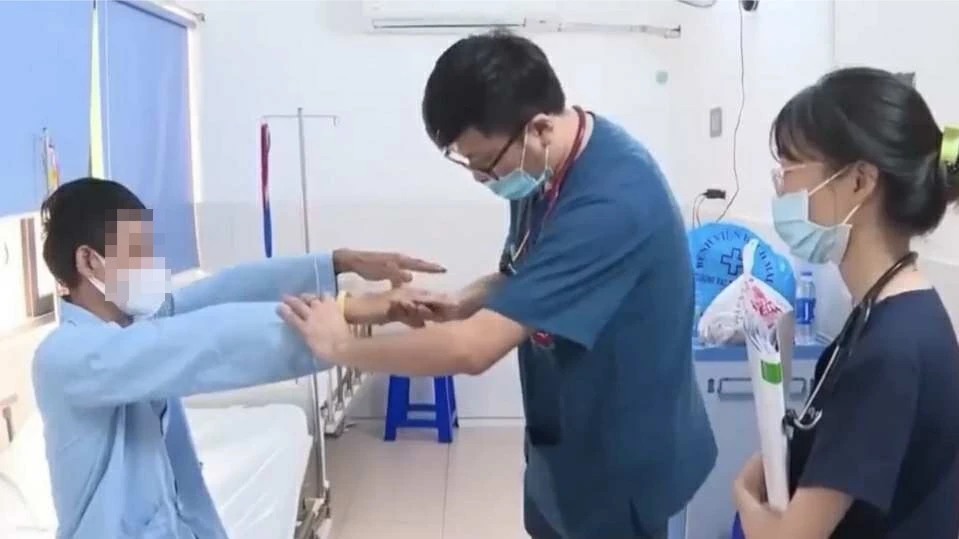




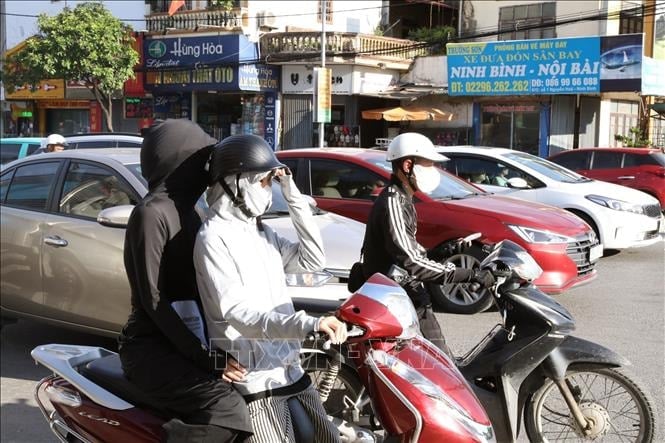

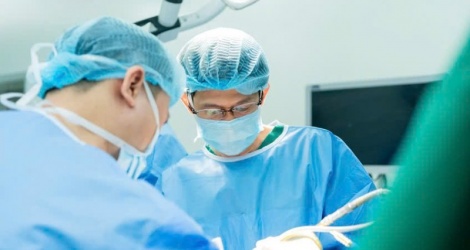

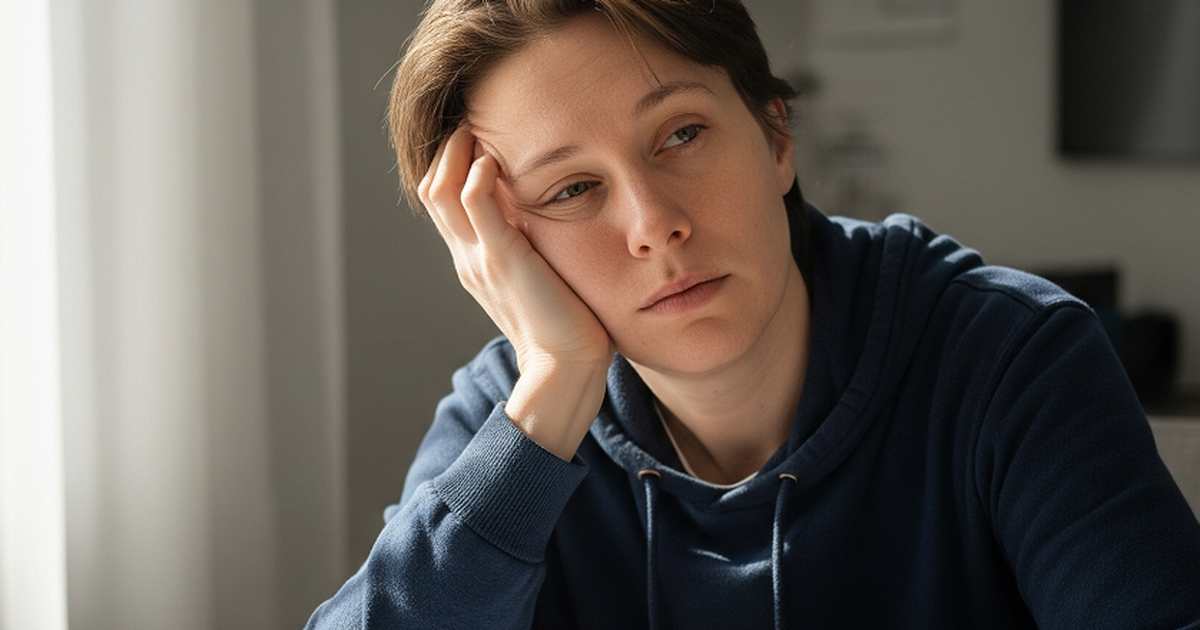

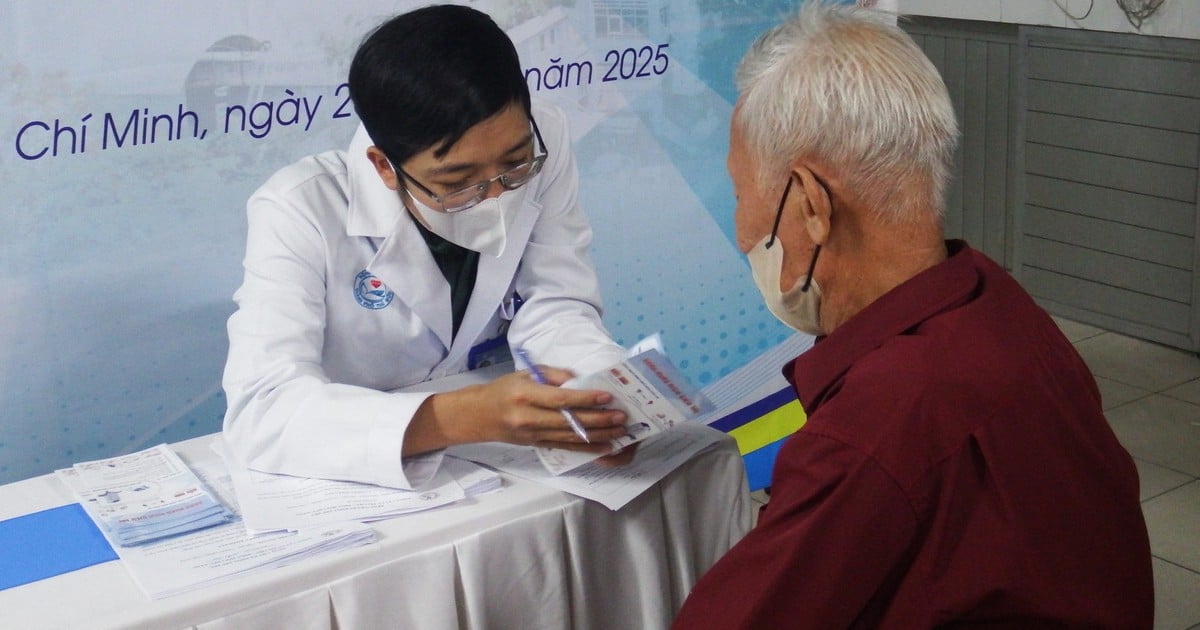




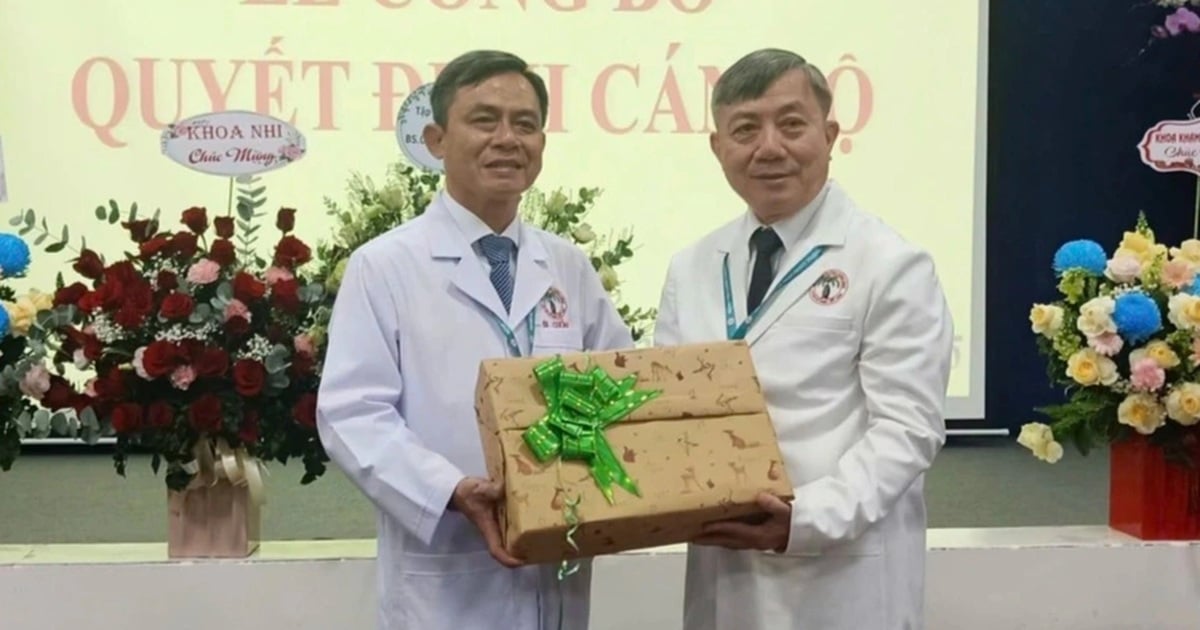
























































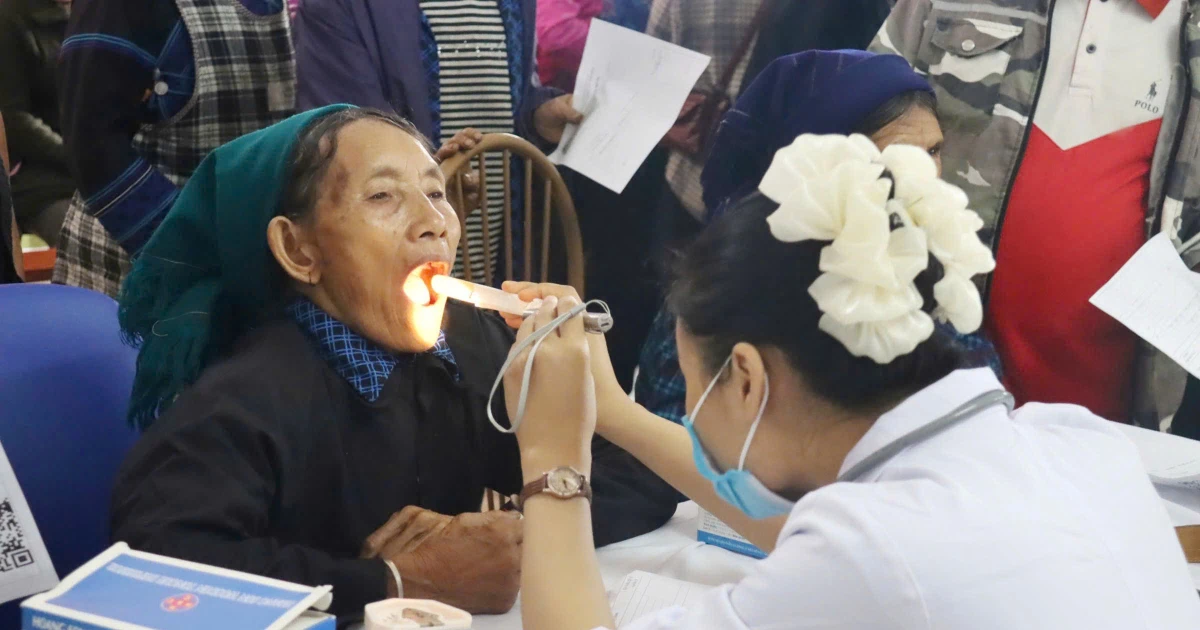














Comment (0)